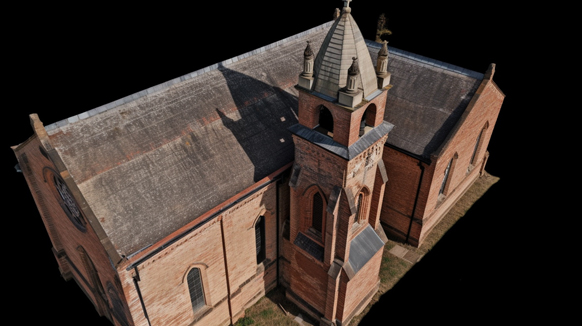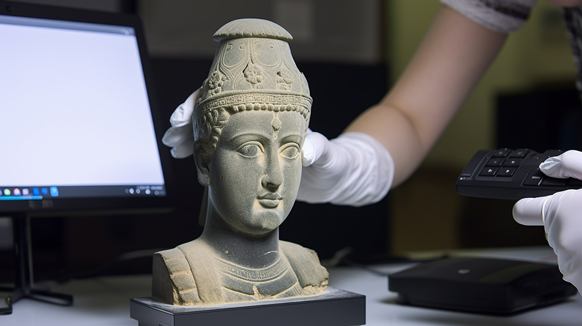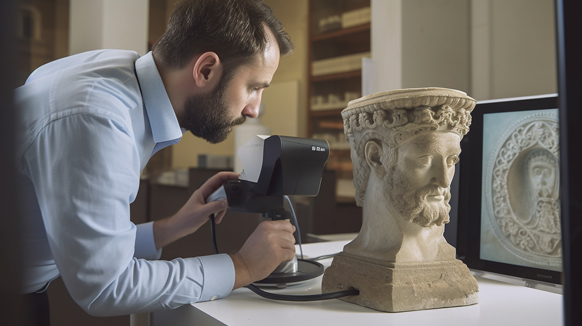Uniting Past and Present: How Museums and Historic Spaces Use 3D Technology to Share Their Stories
The world is filled with fascinating stories waiting to be discovered, and museums and historic spaces serve as the gatekeepers of our rich cultural heritage. With advancements in technology, digital tools such as 3D scanning, virtual and augmented reality, and drone photogrammetry have revolutionized the way these institutions engage with their audience, immersing visitors in a more interactive and educational experience. By creating accurate digital representations, these organizations can further their curatorial, marketing, and conservation efforts. Read on to explore how these innovative technologies are linking the past with the present and reshaping our understanding of history.

3D Scanning (Laser & lidar) – Bringing History to Life
3D laser and lidar scanning technologies enable the creation of precise digital replicas of museums and historic spaces. By capturing even the smallest of details, these ‘digital twins’ provide an unparalleled platform for research, educational purposes, and virtual tours. As a result, cultural heritage sites can be explored by anyone, anywhere, at any time – overcoming geographical and accessibility barriers.
Drone Photogrammetry – A New Perspective on History
Drones equipped with cameras have revolutionized the way we capture data and create 3D models of buildings and landscapes. Photogrammetry uses these photos to build accurate 3D models, orthomosaic maps, and even virtual flyovers of historic properties. This cutting-edge approach offers previously unattainable perspectives, enriching our understanding of the past and providing valuable information for site management and preservation.

Curatorial Services – An Online Treasure Trove of Artifacts
Museums no longer need to rely solely on physical exhibitions to showcase their collections. 3D scanning technology allows curators to create detailed digital replicas of artifacts that can be explored in a virtual environment. This expands access to the collection, enables collaboration between institutions, and provides a valuable resource for researchers, educators, and the general public. In addition, an online database of these digital artifacts safeguards the stories they hold for future generations, ensuring their cultural significance endures.

Marketing – Engaging and Attracting New Visitors
Museums and historic sites often face the challenge of competing for the attention of their audience. 3D scanning technology offers a solution by enabling institutions to provide an immersive and engaging online experience for potential visitors. These virtual encounters can offer a glimpse into the rich stories waiting to be discovered within their walls, enticing new visitors and encouraging them to explore the space in person.
Education and Conservation – Preserving Our Cultural Legacy
Our cultural heritage sites and artifacts are vulnerable to the passage of time, natural disasters, and human intervention. By creating highly accurate 3D renderings using laser scanning, drone photogrammetry, and other digital tools, we’re able to capture a “snapshot in time” for posterity. These digital records serve as an essential resource for future research, preservation efforts, and educational programming, ensuring that the narratives of our past stay alive for generations to come.
The emergence of 3D technologies, such as laser scanning, drone photogrammetry, and virtual and augmented reality, has revolutionized the way we engage with and preserve our cultural heritage. Museums and historic spaces continue to adopt these innovative tools to enhance the visitor experience, enrich our understanding of history, and ensure the stories of our past remain accessible to all. By embracing these technologies, these institutions are forging a bridge between the past and the present, inviting us to become active participants in the ongoing narrative of humanity’s shared history.

